The Gyoja are a sect of Tendai Buddhists residing on Japan’s Mount Hiei who have come to be known as the “Marathon Monks” for their spiritual athleticism. The ultimate achievement of the sect is the Sennichi-Kaiho-Gyo, an arduous seven-year pilgrimage that includes a staggering 1,000 days of marathon running and a seven-day sleepless fast.
For the first 300 days of the pilgrimage, the monk must run 40 km (24.9 mi) each day–essentially a marathon a day for almost an entire year. In the fourth and fifth year, he does 40 km each day for 200 straight days. In the sixth year of the pilgrimage, he increases the length of his runs to 60 km (37.3 mi) for 100 days. Finally, during the seventh year, he runs for another 100 consecutive days, this time covering 84 km (52.2 mi) at a time – twice the length of a marathon.
The monk runs in straw sandals (and for the first few years without socks), largely over unpaved mountain paths, through all seasons. And he must do it on a diet of vegetables, tofu, and miso soup. Around his waist, he wears a rope belt and a knife to remind him that should he fail to complete the seven-year pilgrimage, he is required to hang himself with the rope or disembowel himself with the knife.
Following the 700th day of running, the monk engages in a seven-day fast, known as the doiri, in which he must abstain from food, water, and sleep, while sitting upright and constantly reciting Buddhist chants. Two monks remain next to him to ensure he doesn’t doze off even once. The purpose of the doiri is to bring the monk face-to-face with death.
The most recent monk to complete the challenge was 44-year-old Genshin Fujinami (shown at right), who finished the pilgrimage in September of 2003. He was the first monk to do so in nine years, and only the twelfth since World War II. By the time his run had concluded, he had traveled between 24,000 and 27,000 miles on foot, roughly equal to the distance around the earth’s equator. The tradition of the Sennichi-Kaiho-Gyo is said to have begun in 831 AD with a monk named So-o. Its story is told in John Stevens’ book “The Marathon Monks of Mount Hiei” and in a film of the same title.
The headquarters of the Tendai sect are located in the temple of Enryakuji on top of Mt. Hiei, which can be reached by cable car.
Know Before You Go
According to WikiTravel: From Kyoto, take the Keihan Main Line to Demachiyanagi and transfer to an Eizan train to Yase-Hieizan-guchi. From here the Eizan Cable Car makes the trip to the top of Mount Hiei for ¥530/1040 one-way/return, every 30 minutes daily from 8:30 to 17:30 (or longer, schedules vary a bit depending on the season). The last leg of the trip to the summit is a 3-minute ride on a ropeway, which departs at intervals of 10-20 minutes between 9 am and 6 pm.
From the Lake Biwa side, you can take the JR Kosei line or Keihan Ishiyama-Sakamoto line to Sakamoto, although the Keihan station (the last station on the line) is more centrally located. The Hiyoshi Taisha shrine and the cable car to Mt. Hiei are about 15 min away on foot, both fairly well signposted.

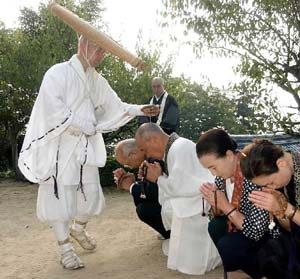
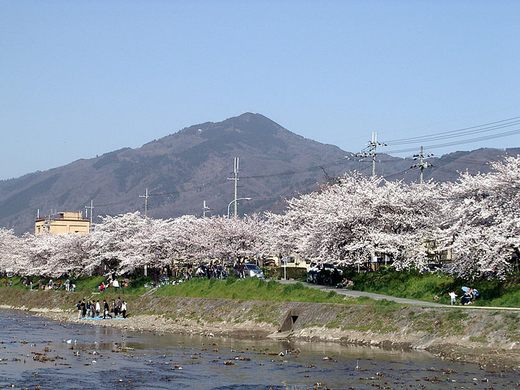





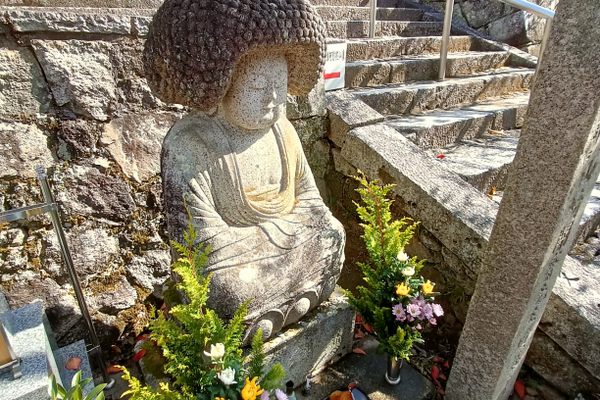


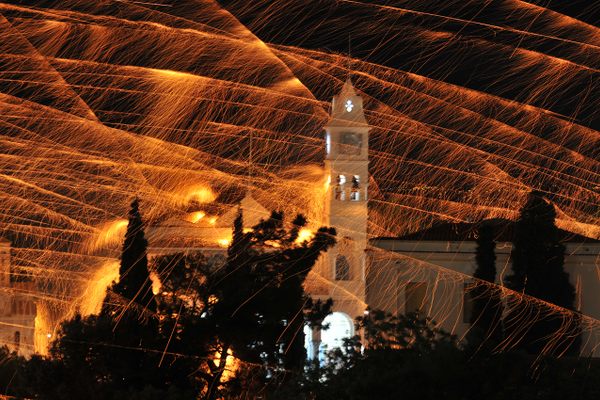
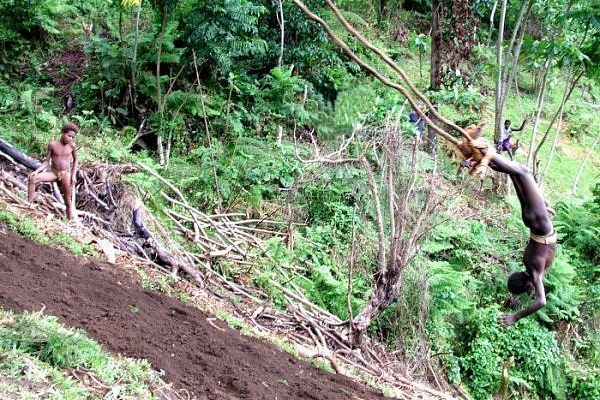



Follow us on Twitter to get the latest on the world's hidden wonders.
Like us on Facebook to get the latest on the world's hidden wonders.
Follow us on Twitter Like us on Facebook